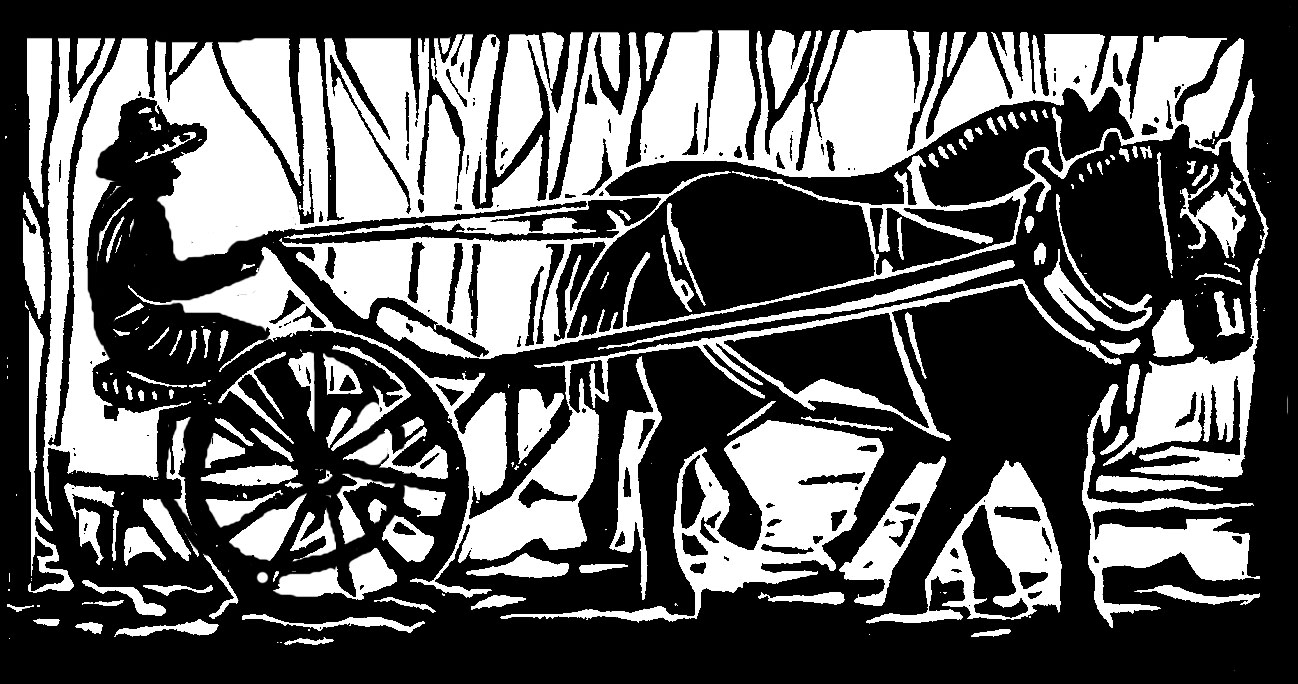December is a most agreeable time on a New Hampshire vegetable farm. We farmers feel cheerful, lighthearted, yes, almost giddy! at the end of the season. Whether it has been a tough farming year, or a pretty good one, we’ve made it through, and we feel exceedingly grateful.
Not only have our CSA members given us lovely gifts and treats at the end of the garden year, but many of them have chosen early CSA sign up for 2014. Having any number of commitment forms and deposits in hand is as close to a sure thing as we get in farming, considering all the variables of weather, crops, and income.
We love when people say “See you in the spring!” as they leave the farm on the last day of vegetable pick-up. It is a most heartening vote of confidence, in our farm, in our farming, in our efforts to consider the health of the land and the air and the animals and the water and the food and the community as a fundamental part of living well.
But all of that is a bit too serious for this cheerful time of year! The time between Thanksgiving and the winter holidays opens up whole vistas of wonderful things for farmers to contemplate: bright and shiny garden catalogs, bright and shiny new farm machinery, bright and shiny thoughts of next years’ fabulous farming season.
The feeling here in winter is probably most akin to the feeling many people --especially of school age -- have about summer. I just read, in a children’s book (The Alley by Eleanor Estes, who published in the forties and fifties and is more well known for her “Moffat” family books, and Ginger Pye, a Newberry Medal Winner), a perfect description of how this time of year feels for us: “Oh the long and wonderful days of summer! Just to hold a whole day in your hand and have it and think that it was empty to begin with but that each moment could, would contain so much” (280).
Oh the long and wonderful days of winter! It’s enough to inspire a farmer to compose silly verses about the wonderful winter things to contemplate.
(Do not attempt to sing this, as you may strain yourself.)
On the last day of the CSA season, the winter brought to us:
Twelve dozen pleasant pastimes to imagine (oh, the things we’ll be able to do these next few months! writing things, family and friend visiting things, reading children’s books by the woodstove things!)
Eleven farm implements, put away snugly for the winter (well, six of ‘em fit snugly in the barn; the rest have to brave the not so snug elements)
Ten (times three) boxes of canned and frozen garden goodies
Nine hours of sleep at night
Eight garden sections (including two greenhouses) resting for the season
Seven food gifts from our nice members (cheese, caramels, homemade toffee and cookies, and made-from-our-own-garden-produce chutney, salsa, tomato paste)
Six months before harvest and vegetable distribution comes around again
Five warming gifts (yes, from our nice members: firewood, hats, blankets, gloves, a hand-knitted shawl)
Four healthy horses, staying in the fences
Three warm, well-fed people
Two hearthrug cats (one who maintains his prime woodstove position by hissing, spitting, and a show of claws, while the other maintains hers by purring, chirruping, rolling her head to look upside down at you, and generally being too fetching to dislodge)
And . . . a bright red felt tomato with a propeller on a stick (our funniest gift from one of our nice tomato-lovin’ members)
In our lighthearted December state, this last gift leads to both catchy holiday tunes (much like the one above) and to further contemplation of silly things, such as possible new names for our farm: Flying High Tomatoes? No! Flying High Farm! Yes! Flying High Farm!
As I say, the farmers are feeling a bit giddy this time of year . . .
Originally published in the Monadnock Shopper News, Dec 25 – Dec 31, 2013


![IMG_0050[1].JPG](https://images.squarespace-cdn.com/content/v1/53192abae4b06ab557270e09/1420210675430-U9AAJN8HZ055QYVQDPQ2/IMG_0050%5B1%5D.JPG)

